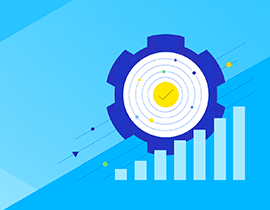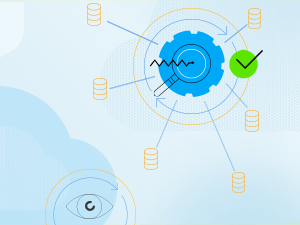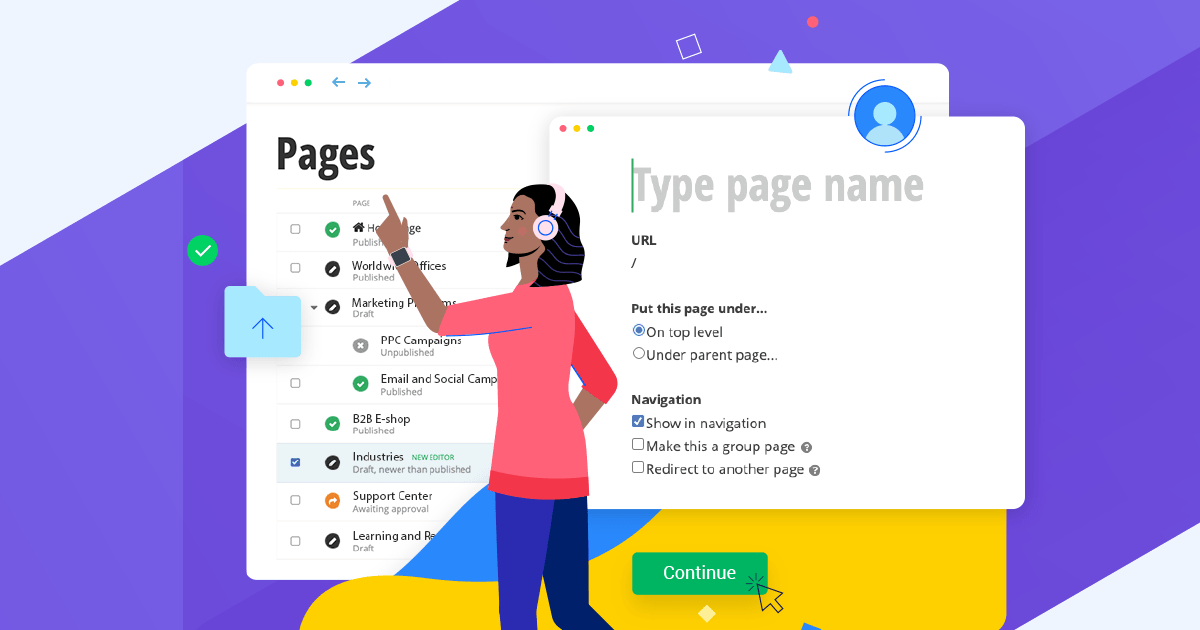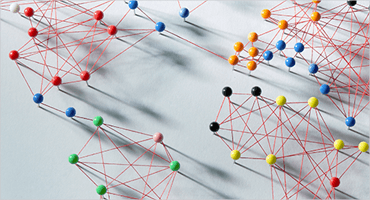Featured stories
Latest stories
-

Cross-Platform App Development Best Practices: Leveraging Progress OpenEdge
Build cross-platform apps like a pro with best practices for efficient, scalable, high-performance development. -
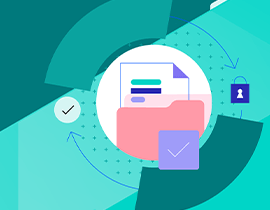
The Role of Secure File Transfer in Compliance HIPAA, GDPR and More
Businesses regularly need to demonstrate compliance with regulations such as GDPR, HIPAA and PCI-DSS. Secure file transfer solutions can help. -

Metadata Mastery: Empowering Business Leaders for Collaboration and Consistency
Progress Semaphore propels CIOs and data leaders into a future where metadata-driven insights are table stakes for effective transformations and enhanced collaboration. -
.png?sfvrsn=318c3352_2)
Two Design Choices for Your MarkLogic Decision Services
This blog explores two typical design patterns used by many Progress MarkLogic customers who leverage business rules-driven decision services. -

Should You Be Worried About Vendor Lock-in? Benefits and Pitfalls
Is vendor lock-in actually a problem you need to watch for? Let’s review some of the benefits of using one vendor for multiple solutions vs. the risks of getting stuck there. -

Top 10 Questions on Taxonomies, Ontologies and Semantic Layers—Answered!
With the increased importance of unstructured data and semantic intelligence, the integration of taxonomies and ontologies into a semantic layer has become paramount in driving effective knowledge organization systems and supporting new business initiatives and AI endeavors. -
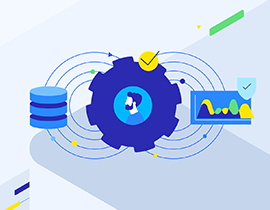
Corticon.js 2.1 Meets MarkLogic: New Features and Enhanced Capabilities with the Latest Release
The latest release of Progress Corticon.js 2.1 brings the exciting new ability to deploy business rules to the Progress MarkLogic platform. -

What’s It Like to be Acquired by Progress? Part 2
Scott Uhlaender, who joined Progress as part of an acquisition in 2020, shares his thoughts on Progress and why our people, culture and business strategy set us apart. -

Modernization Matters: The Hidden Security Costs of Not Upgrading Mission-Critical Applications
Failure to keep mission-critical applications up to date with the latest versions and security patches can expose organizations to serious security risks and hidden costs, jeopardizing business continuity and reputation.
Topics
- Application Development
- Mobility
- Digital Experience
- Company and Community
- Data Platform
- Security and Compliance
- Infrastructure Management
Sitefinity Training and Certification Now Available.
Let our experts teach you how to use Sitefinity's best-in-class features to deliver compelling digital experiences.
Learn MoreMore From Progress
MOST POPULAR
- What are the Basics of Mergers and Acquisitions (M&A)? Apr 11, 2024
- Why Join a Community? Apr 23, 2024
- It’s Stress Awareness Month: Here’s What You Should Know Apr 26, 2024
SALESFORCE
Latest Stories
in Your Inbox
Subscribe to get all the news, info and tutorials you need to build better business apps and sites
Progress collects the Personal Information set out in our Privacy Policy and the Supplemental Privacy notice for residents of California and other US States and uses it for the purposes stated in that policy.
You can also ask us not to share your Personal Information to third parties here: Do Not Sell or Share My Info
We see that you have already chosen to receive marketing materials from us. If you wish to change this at any time you may do so by clicking here.
Thank you for your continued interest in Progress. Based on either your previous activity on our websites or our ongoing relationship, we will keep you updated on our products, solutions, services, company news and events. If you decide that you want to be removed from our mailing lists at any time, you can change your contact preferences by clicking here.


